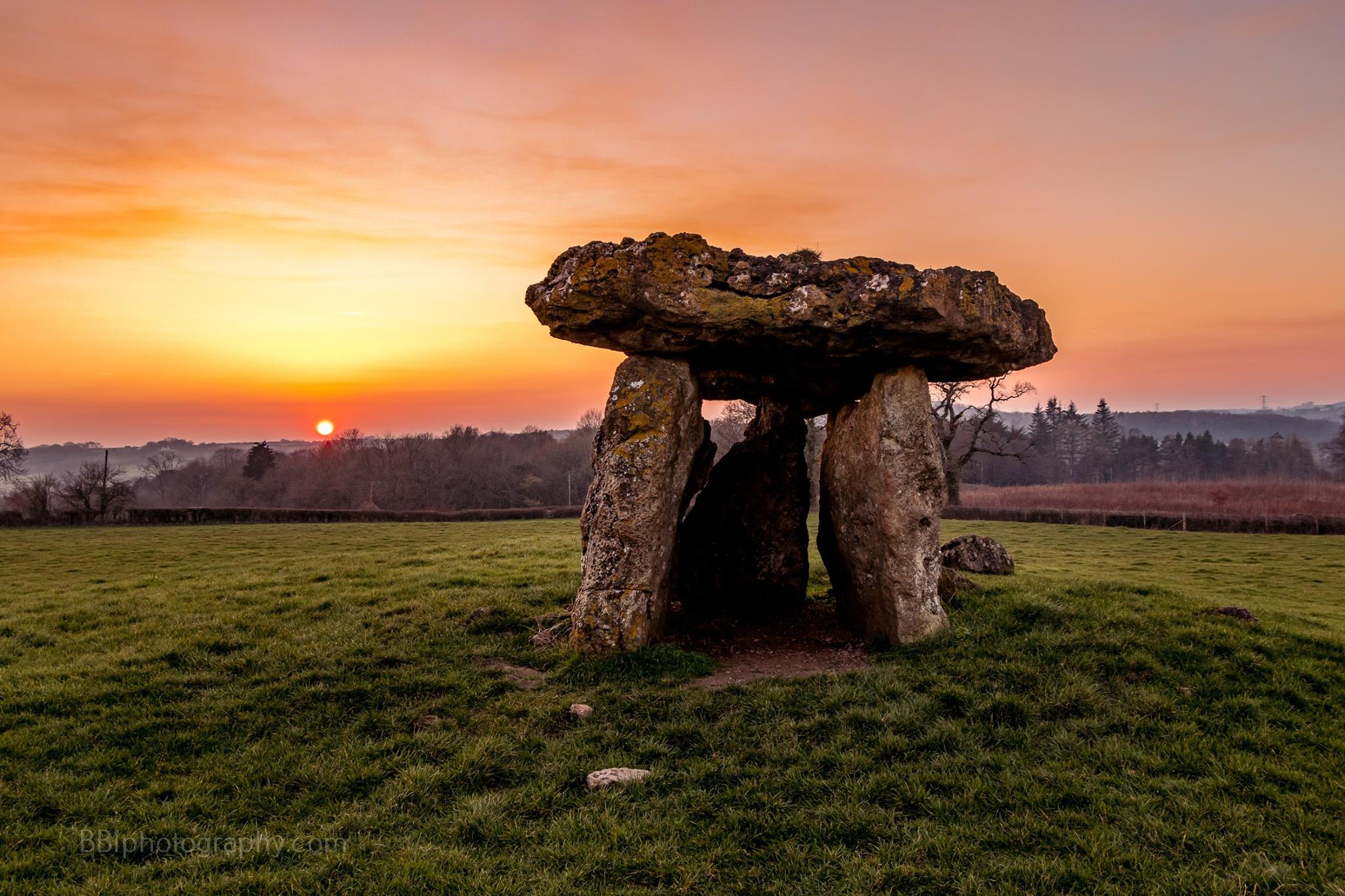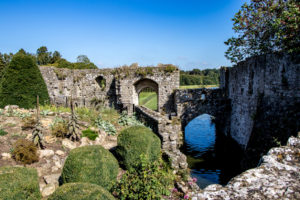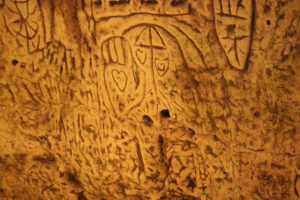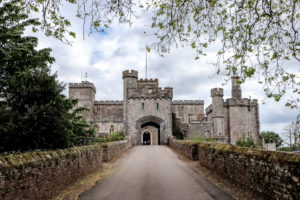St Lythans burial chamber is a single stone megalithic dolmen, built around 6,000 BP (before present) as part of a chambered long barrow, during the mid-Neolithic period.
From the end of the last ice age (between 10,000 and 12,000 BP), Mesolithic hunter-gatherers from Central Europe began to migrate to Great Britain. They would have been able to walk between Continental Europe and Great Britain on dry land, prior to the post-glacial rise in sea level, up until between 6,000 and 7,000 BP. As the area was heavily wooded and movement would have been restricted, it is likely that people also came to what was to become known as Wales by boat from the Iberian Peninsula. These neolithic colonists integrated with the indigenous people, gradually changing their lifestyles from a nomadic life of hunting and gathering, to become settled farmers. They cleared the forests to establish pasture and to cultivate the land. They built the long barrow at St Lythans around 6,000 BP, about 1,500 years before either Stonehenge or The Egyptian Great Pyramid of Giza was completed.









